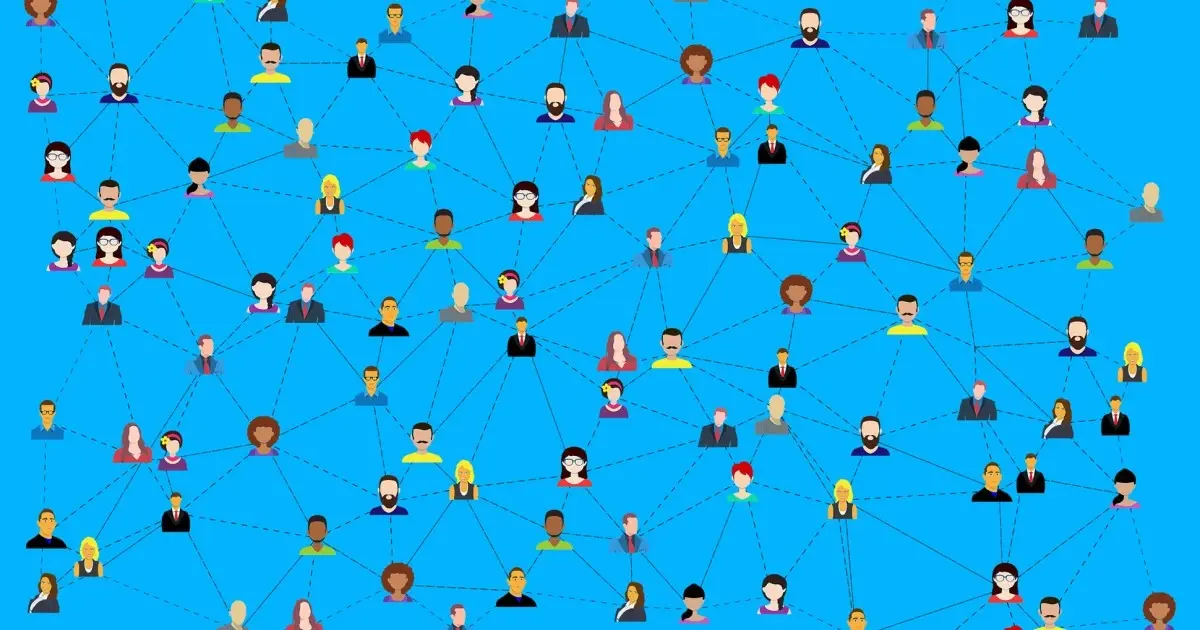In the 1940s, Austrian psychologist Fritz Heider introduced social balance theory, which explains how humans innately strive to find harmony in their social circles. According to the theory, four rules — an enemy of an enemy is a friend, a friend of a friend is a friend, a friend of an enemy is an enemy and, finally, an enemy of a friend is an enemy — lead to balanced relationships.
Using groups of three people, Heider’s social balance theory maintains the assumption that humans strive for comfortable, harmonious relationships. In balanced relationships, all people like each other. Or, if one person dislikes two people, those two are friends. Imbalanced relationships exist when all three people dislike each other, or one person likes two people who dislike each other, leading to anxiety and tension. Studying such frustrated systems led to the 2021 Nobel Prize in physics to Italian theoretical physicist Giorgio Parisi, who shared the prize with climate modelers Syukuro Manabe and Klaus Hasselmann.
The theory aligns with social intuition. It can lead to extreme polarization which we see today in terms of political polarization. If everyone you like also dislikes all the people you don’t like, then that results in two parties that hate each other.
Although countless studies have tried to confirm this theory using network science and mathematics, their efforts have fallen short, as networks deviate from perfectly balanced relationships. The Northwestern team, however, successfully integrated the two key pieces that make Heider’s social framework work.
The useful new framework could help researchers better understand social dynamics, including political polarization and international relations, as well as any system that comprises a mixture of positive and negative interactions, such as neural networks or drug combinations.
“We can finally conclude that social networks align with expectations that were formed 80 years ago,” added Bingjie Hao, the study’s first author,” said Bingjie Hao, the study’s first author.
But the researchers now also aim to look at excitatory and inhibitory connections between neurons in the brain or interactions representing different combinations of drugs to treat disease, as co-author István Kovács, assistant professor of Physics and Astronomy at Northwestern’s Weinberg College of Arts and Sciences.



This is the kind of hard science we need!